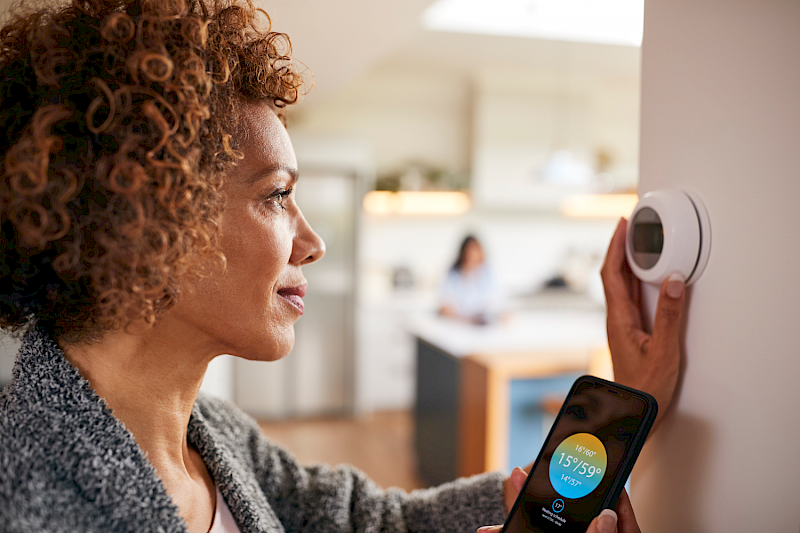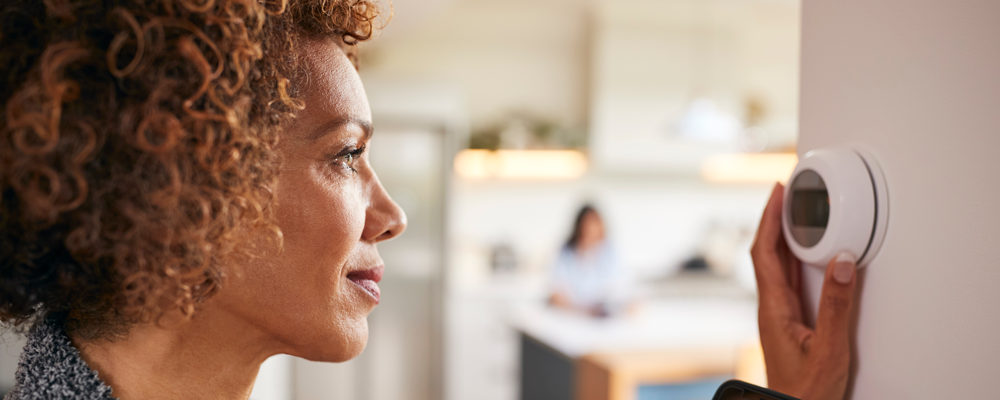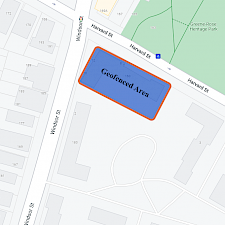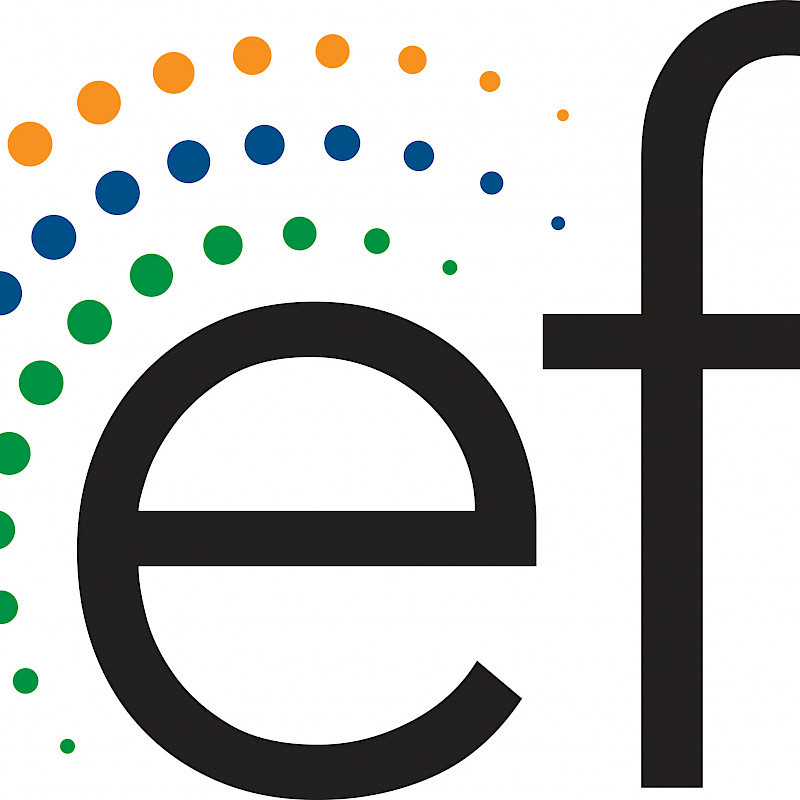Franklin Energy’s Product Division, AM Conservation, Agrees to Acquire Energy Federation, Inc.
Maximize Savings with Your Smart Thermostat
 Energy Federation Incorporation
Energy Federation Incorporation

Smart Thermostats are incredible pieces of technology that can save you up to 10% a year on your energy bill. By following some of the best practices in this blog, you'll know you're getting the most out of your Smart Thermostat.
1. ENERGY STAR® Certifications
 The first thing you will likely want to do is make sure that your Smart Thermostat is ENERGY STAR® Certified. In order for a Smart Thermostat to be ENERGY STAR® certified, it must reduce HVAC runtime by at least 8% averaged when over 1,000 homes through the course of a year. An ENERGY STAR® certified Smart Thermostat must also intelligently save energy without sacrificing comfort. ENERGY STAR® is a joint program of the Environmental Protection Agency (EPA) and the Department of Energy (DOE). Its goal is to help consumers, businesses, and industries save money and protect the environment through the adoption of energy-efficient products and practices. The ENERGY STAR® label identifies top-performing, cost-effective products, homes, and buildings (ENERGYSTAR.gov).
The first thing you will likely want to do is make sure that your Smart Thermostat is ENERGY STAR® Certified. In order for a Smart Thermostat to be ENERGY STAR® certified, it must reduce HVAC runtime by at least 8% averaged when over 1,000 homes through the course of a year. An ENERGY STAR® certified Smart Thermostat must also intelligently save energy without sacrificing comfort. ENERGY STAR® is a joint program of the Environmental Protection Agency (EPA) and the Department of Energy (DOE). Its goal is to help consumers, businesses, and industries save money and protect the environment through the adoption of energy-efficient products and practices. The ENERGY STAR® label identifies top-performing, cost-effective products, homes, and buildings (ENERGYSTAR.gov).
2. Demand response
Demand Response programs are a great way to save energy for not only you but everyone else on the grid too. Throughout each day, there are peaks and valleys in our energy use on the grid. Demand response is a strategy utilities are using to even out energy use throughout the day. In turn, giving you better rates on energy throughout the day. Energy.gov defines Demand response as the following "Demand Response provides an opportunity for consumers to play a significant role in the operation of the electric grid by reducing or shifting their electricity usage during peak periods in response to time-based rates or other forms of financial incentives" (Energy.gov).
3. Warmer vs cooler months
As temperature varies from season to season, so should your thermostat. In order to maximize the amount of energy you can save with a smart thermostat, you are going to want to program it to change with the temperatures outside. By adjusting 7-10 degrees from its normal setting for 8 hours a day, you can save up to 10% a year on your energy bill. So, what should your Smart Thermostat be set at throughout the year?
Cooler Months
According to energy.gov, you should set your thermostat to 68 degrees during the winter months when you're home and awake and then nudge it down when you're going to sleep. If you go on vacation, you can save some extra money by turning your thermostat down to 55 degrees.
Warmer Months
In the warmer months, you should keep your thermostat at 78 degrees when your home and nudge it up when you leave. Fans are also a great way to maximize the efficacy of your thermostat. By using fans, you can keep your thermostat about 4 degrees warmer without having a noticeable difference.
4. Geofencing
 Geofencing allows your smart thermostat to know when you're away from home or on your way back home. This means that your system is going to adjust itself to more favorable temperatures for energy usage when you're away from home. All while never having to worry about having the house be uncomfortable when you're on your way back home. For example, there are some smart thermostats that use an app on your phone to track whether you are in the geofenced area, or whether you are outside the geofenced area. Therefore, based on your location and direction to or away from your home, your smart thermostat will adjust itself to only use the energy it needs to.
Geofencing allows your smart thermostat to know when you're away from home or on your way back home. This means that your system is going to adjust itself to more favorable temperatures for energy usage when you're away from home. All while never having to worry about having the house be uncomfortable when you're on your way back home. For example, there are some smart thermostats that use an app on your phone to track whether you are in the geofenced area, or whether you are outside the geofenced area. Therefore, based on your location and direction to or away from your home, your smart thermostat will adjust itself to only use the energy it needs to.
Subscribe
Resources
Latest Updates
Customer Testimonials
Lets Talk!
Reach your customers & Exceed your goals
Contact EFI